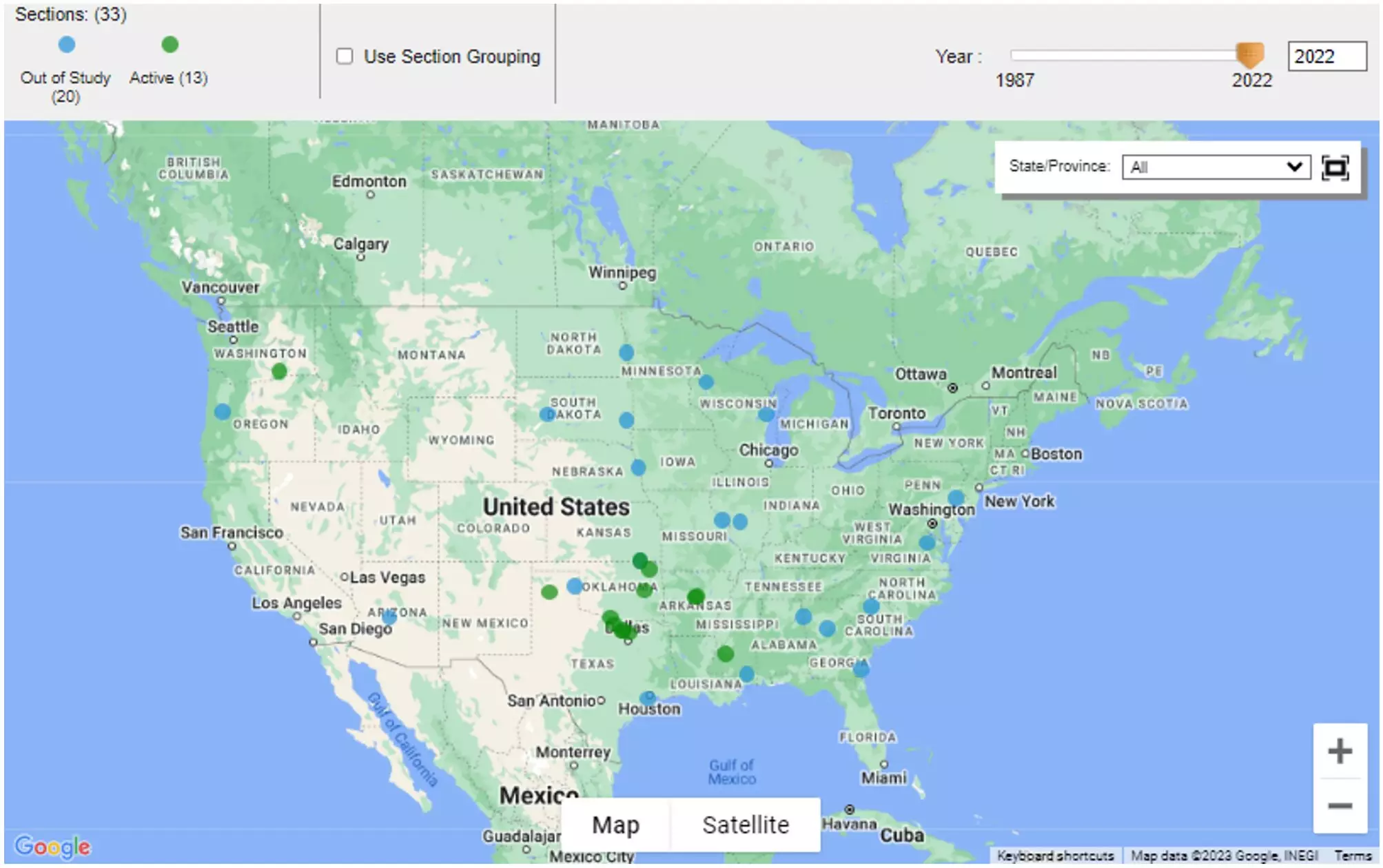Reinforced concrete stands as a cornerstone of modern architecture, embraced for its strength and versatility across an array of structures, from bridges to residential buildings. Despite its widespread use, the material is not immune to deterioration over time. One of the most significant threats to its integrity is a phenomenon known as spalling, characterized by the cracking and peeling of concrete surfaces. This weakness can stem from various factors, particularly the corrosion of the steel reinforcements within the concrete. Understanding the predictive variables contributing to spalling represents a vital area of research, especially as infrastructure increasingly faces the pressures of daily use and environmental stressors.
Understanding Spalling and Its Consequences
Spalling poses several risks, not just to the structural integrity of buildings and pavements, but also to public safety. When steel reinforcements within concrete corrode, they expand, exerting pressure outward and leading to the formation of cracks. Such deterioration can lead to disproportionate repair costs and poses a danger to users of roads and buildings compromised by these structural failures. Consequently, researchers are keenly focused on identifying the factors that precipitate spalling to enable preventative measures.
Recent advancements from the University of Sharjah suggest promising solutions in predicting when spalling occurs through sophisticated machine learning models. A team led by Dr. Ghazi Al-Khateeb has undertaken an exhaustive investigation into the multifactorial nature of concrete spalling. The study employs a broad methodology that fuses statistical approaches with machine learning techniques to build predictive models. Key elements such as the age of the concrete, pavement thickness, temperature, precipitation levels, and traffic loads have been scrutinized to identify their impacts on the rates of deterioration.
Based on their research findings, the team has utilized Gaussian Process Regression and ensemble tree models. These tools are adept at navigating the complexities of interactions among multiple variables, aimed at establishing reliable predictions regarding spalling events.
The authors emphasize a systematic approach that meticulously profiles the dataset, focusing on variables critical to spalling. Their investigation revealed that different environmental and physical factors play pivotal roles in concrete’s ability to withstand wear. For instance, fluctuations in humidity, annual variations in temperature and precipitation, as well as the volume of daily traffic—measured as Annual Average Daily Traffic (AADT)—have emerged as significant predictors of spalling susceptibility.
The application of regression analysis helped isolate the correlations between these factors, leading to insights into the most influential parameters on Continuously Reinforced Concrete Pavement (CRCP). The researchers found that understanding these correlations not only allowed for better predictive models but also contributed to more informed engineering decisions surrounding concrete maintenance.
Insights and Recommendations for Engineering Practices
The implications of this research extend well beyond theoretical knowledge, providing concrete recommendations for transportation engineers. Effective maintenance strategies should incorporate the identified critical factors influencing spalling, ensuring that aging infrastructure is actively monitored and maintained. This proactive approach to infrastructure management could significantly enhance the durability of CRCP, decreasing the likelihood of catastrophic failures and associated financial burdens.
Moreover, the research stresses the importance of careful model selection. The performance of predictive models can greatly vary based on the specific characteristics of the dataset employed. This variability underscores the necessity for practitioners to apply a discerning eye in choosing models tailored to their unique infrastructure conditions.
As society continues to grapple with aging infrastructure, ongoing research efforts like those out of Sharjah are essential. By refining predictive methodologies and understanding the myriad factors influencing concrete degradation, engineers can enhance their approaches to infrastructure management. The focus on predictive analytics not only leads to more resilient structures but also contributes to broader efforts in sustainable urban development.
The convergence of traditional engineering principles with modern machine learning techniques holds tremendous potential for improving concrete infrastructure. Addressing the looming challenges posed by spalling through innovative research not only furthers our comprehension of structural materials but also lays the groundwork for safer, more reliable construction practices in the future. As these technologies evolve, they promise to reshape the landscape of civil engineering and reinforce the longevity and reliability of essential infrastructure.


Leave a Reply